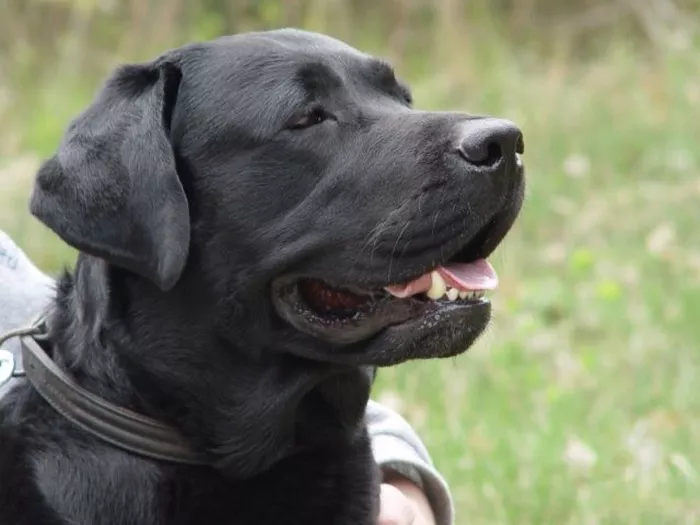Imagine your dog entering the room with a distinctive waddle, perhaps even walking on the tops of their back paws. While this may seem like an innocuous quirk, such “knuckling” can signal underlying neurological issues.
Dr. Joseph Mankin, a clinical associate professor at the Texas A&M College of Veterinary Medicine & Biomedical Sciences, sheds light on degenerative myelopathy—a progressive neurological disease that leads to hind limb weakness and eventual paralysis.
Degenerative myelopathy involves the gradual deterioration of the spinal cord, significantly impairing a dog’s ability to use their back legs. Though the precise cause remains uncertain, genetic mutations are believed to play a role in predisposing certain breeds to this condition.
Larger breeds, particularly German Shepherds, Boxers, Huskies, Mountain Dogs, and Labrador Retrievers, are most commonly affected.
Recognizing the Signs
If your dog exhibits unusual behaviors with their back legs, it’s crucial to consult a veterinarian. Early signs of degenerative myelopathy include:
- Difficulty rising from a lying position
- Stumbling or instability while walking
- Frequent falls
- General weakness
“This condition is slowly progressive and non-painful, with symptoms worsening over weeks to months,” Dr. Mankin notes. Initially affecting one hind leg, the condition can spread to both, leading to difficulty in placing their back feet properly and resulting in the characteristic knuckling.
While the disease itself is not painful, compensatory behaviors can lead to discomfort. For instance, if a dog drags their paw across rough surfaces, they may develop painful wounds or lose fur. Thus, any signs of knuckling warrant a discussion with your veterinarian.
Prioritizing Comfort
Older dogs are at a heightened risk for degenerative myelopathy, making it essential for pet owners to monitor their mobility as they age. If you suspect your dog may have this condition, Dr. Mankin recommends the following steps:
Complete Neurologic Examination: This is the initial step in diagnosing degenerative myelopathy.
Imaging Studies: An MRI is often advised to rule out other spinal cord diseases that can present similar symptoms.
Currently, there is no approved cure for degenerative myelopathy, but there are strategies to enhance your dog’s comfort and quality of life.
“Physical therapy can help maintain muscle mass and potentially slow the progression of the disease,” Mankin suggests.
Supporting your dog’s mobility is essential for their overall well-being. With the guidance of your veterinary team, you can take steps to improve their ability to move comfortably, even in the face of this challenging diagnosis.


